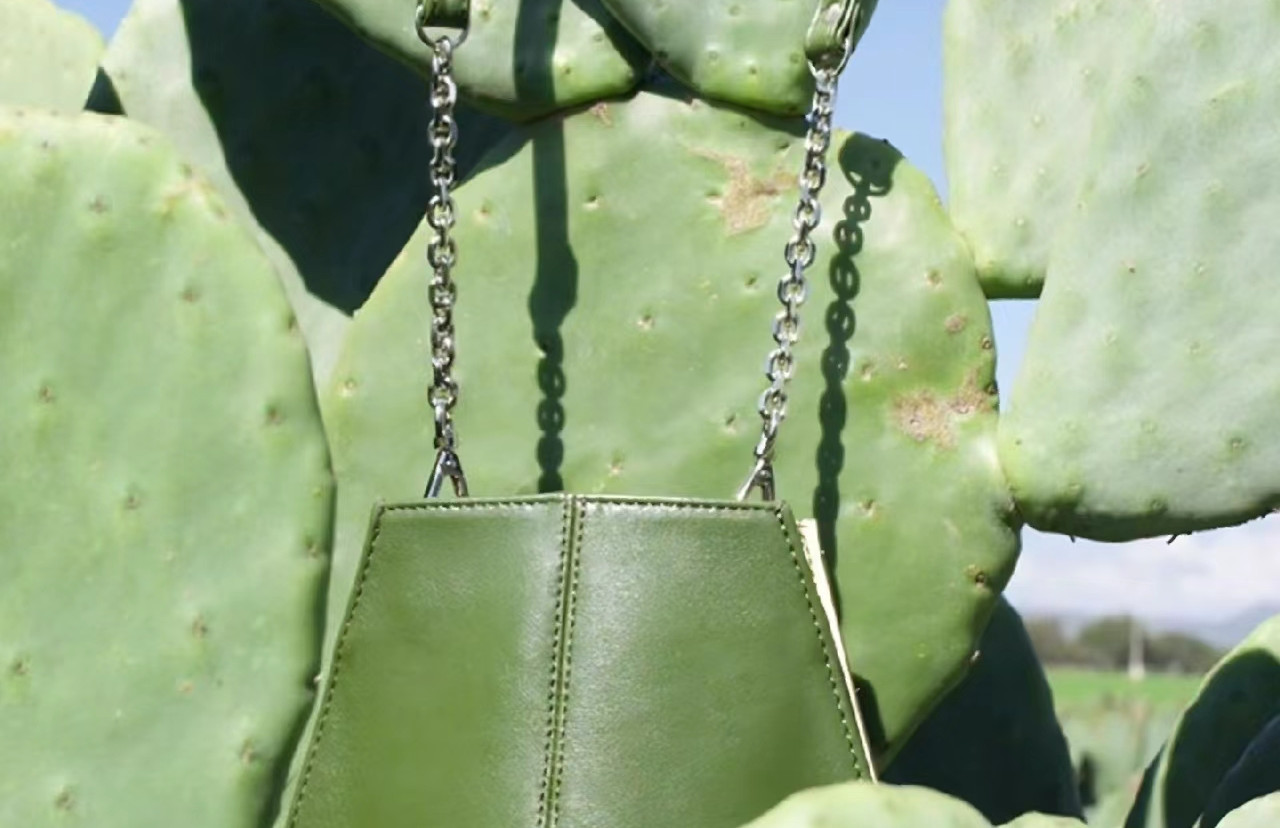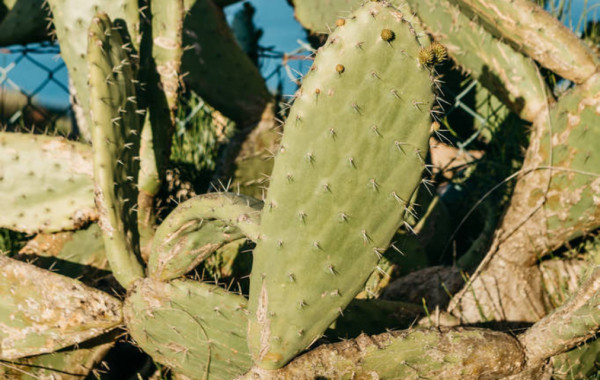Introduction
Vegan leather has surged in popularity, reflecting a collective shift towards ethical and sustainable fashion, particularly in the handbag and purse industry. This article explores the background of vegan leather's rise, its definition, materials, advantages, disadvantages, and the role of designer brands in embracing this innovative material.

The Rise of Vegan Leather
The trend towards vegan leather is driven by a heightened awareness of animal welfare and environmental sustainability, especially in the handbag sector. As consumers increasingly seek products that align with their values, the demand for cruelty-free and eco-friendly alternatives to traditional leather handbags and purses has grown significantly.
Definition of Vegan Leather
Vegan leather is defined by vegan.org with three core principles that are crucial for the production of ethical bags and purses:
- No Animal Products: It excludes any materials derived from animals, ensuring that no part of the process harms animals.
- No Animal Testing: It is not subjected to animal testing, upholding the ethical treatment of animals throughout the development of bag and purse materials.
- No Animal GMO’s: It avoids genetically modified organisms from animals, maintaining the integrity of natural materials in vegan leather products.
Types of Vegan Leather Materials
Vegan leather encompasses a variety of innovative materials, each with the potential to revolutionize the handbag and purse industry:
- Plant-Based: Innovations using pineapple leaves, apple skins, cactus skins, algae, organic cotton, and cork are being explored for their potential in creating stylish and sustainable vegan bags.

- Fungal-Based: Mycelium, the root structure of mushrooms, is being considered for its potential in creating durable and flexible vegan leather for bags and purses.

- Fermented Protein-Based: Utilizing proteins to create a leather-like texture suitable for high-quality vegan handbags and purses.

- Recycled Plastics: Transforming plastic waste into new materials for bags, reducing environmental impact and promoting a circular economy.

Advantages and Disadvantages of Vegan Leather
Vegan leather presents several benefits for the handbag and purse industry:
- Ethical considerations are addressed, reducing harm to animals and carbon emissions in the production of bags and purses.
- It minimizes food waste and environmental pollution associated with traditional leather goods.
However, there are also challenges:
- The production cycle can be lengthy, affecting the supply of vegan bags and purses.
- Technical difficulties are inherent as the technology is still maturing, impacting the quality of vegan leather handbags and purses.
- Costs can be high, especially for premium vegan leather, influencing the price of sustainable bags and purses.
- The texture and feel may not compare to high-quality leather.
- Color stability issues can affect mass production capabilities.
- The use of plastic materials or adhesives in some vegan leathers can be a concern.
Brands and Designers Embracing Vegan Leather
A notable movement within the fashion industry is the adoption of vegan leather by prominent brands and designers. Examples include:
- Stella McCartney, known for her commitment to sustainability, frequently uses innovative vegan leather in her collections.
- Hugo Boss has introduced a range of vegan leather products, signaling a shift towards ethical fashion.
- Vivienne Westwood has also incorporated vegan leather, reflecting her stance on environmental issues.
- Gucci announced plans to go fur-free and has been exploring vegan leather alternatives.
- Adidas, though primarily a sports brand, has ventured into vegan leather with its footwear lines.
These brands are setting a precedent, demonstrating that luxury and style can be achieved without compromising ethical standards.
Vegan Leather vs. Faux Leather
Understanding the distinction between vegan leather and faux leather is crucial for consumers and designers alike. Here's a breakdown of the two:
- Faux Leather, also known as synthetic leather or PU leather, is traditionally made with materials like polyurethane (PU) or polyvinyl chloride (PVC), both derived from petroleum. It is designed to mimic the look and feel of genuine leather but does not contain any animal products. However, the production of these plastics can be environmentally taxing and may not align with the values of consumers seeking truly sustainable and ethical options.
- Vegan Leather, on the other hand, is a term that has come to represent a commitment to ethical and environmental standards beyond just the absence of animal products. Vegan leather is typically made from innovative, sustainable materials such as plant-based textiles, recycled plastics, or even fungi-based materials like mycelium. The goal is to create a product that is not only free from animal-derived components but also produced with minimal environmental impact.
The key takeaway is that while faux leather focuses on replicating the appearance and texture of genuine leather without using animal products, vegan leather goes a step further by also considering the environmental and ethical implications of its production methods. As the market evolves, the distinction between the two becomes more pronounced, offering consumers a clearer choice that aligns with their values.
Controversies Surrounding Vegan Leather
Despite the growing popularity of vegan leather, it's not without its share of controversies and challenges. Here are some of the critical issues that have sparked debate:
- Environmental Impact of Plastics: One of the primary concerns is that many vegan leathers on the market are made with a high percentage of plastic materials, which can be petroleum-based. These materials can take an exceedingly long time to decompose—much longer than natural leather. For instance, while traditional leather degrades within decades, some vegan leathers may take hundreds of years, contributing to landfill and environmental pollution.
- Greenwashing: Some critics argue that the term "vegan leather" is sometimes used as a marketing tool rather than a genuine indicator of environmental responsibility. Companies may label their products as vegan to capitalize on the trend without necessarily employing sustainable production methods.
- Quality and Durability: There's an ongoing debate about the quality and longevity of vegan leather products. Critics claim that some vegan leathers may not be as durable as traditional leather, which can lead to a shorter lifespan and, consequently, a higher frequency of replacement, which is not ideal from a sustainability perspective.
- Health Concerns: The production of some vegan leathers may involve chemicals and processes that could potentially raise health concerns. For example, the use of certain adhesives or plasticizers in the manufacturing process might release harmful substances over time.
- Animal Byproduct Use: There's a debate about whether using animal byproducts, such as waste from the food industry, is more sustainable than creating new materials from scratch. Some argue that repurposing these byproducts could be a more efficient use of resources.
- Innovation vs. Tradition: While the innovation in vegan leather materials is a step towards sustainability, some argue that traditional leather, when sourced responsibly and produced with minimal environmental impact, can also be a sustainable choice.
Addressing these controversies requires transparency from manufacturers, ongoing innovation in material science, and a commitment to reducing the environmental footprint of production. As the market for vegan leather continues to grow, it's essential for the industry to confront these challenges head-on to ensure that the products live up to the ethical and environmental promises they make.
Conclusion
Vegan leather, while not 100% vegan in composition, has been successful as a marketing concept that resonates with consumers seeking ethical and sustainable products. The challenge lies in addressing durability issues and reducing the reliance on petrochemical materials. As the industry evolves, the focus is on creating vegan leathers that not only meet consumer expectations but also stand the test of time and use, without compromising on sustainability.